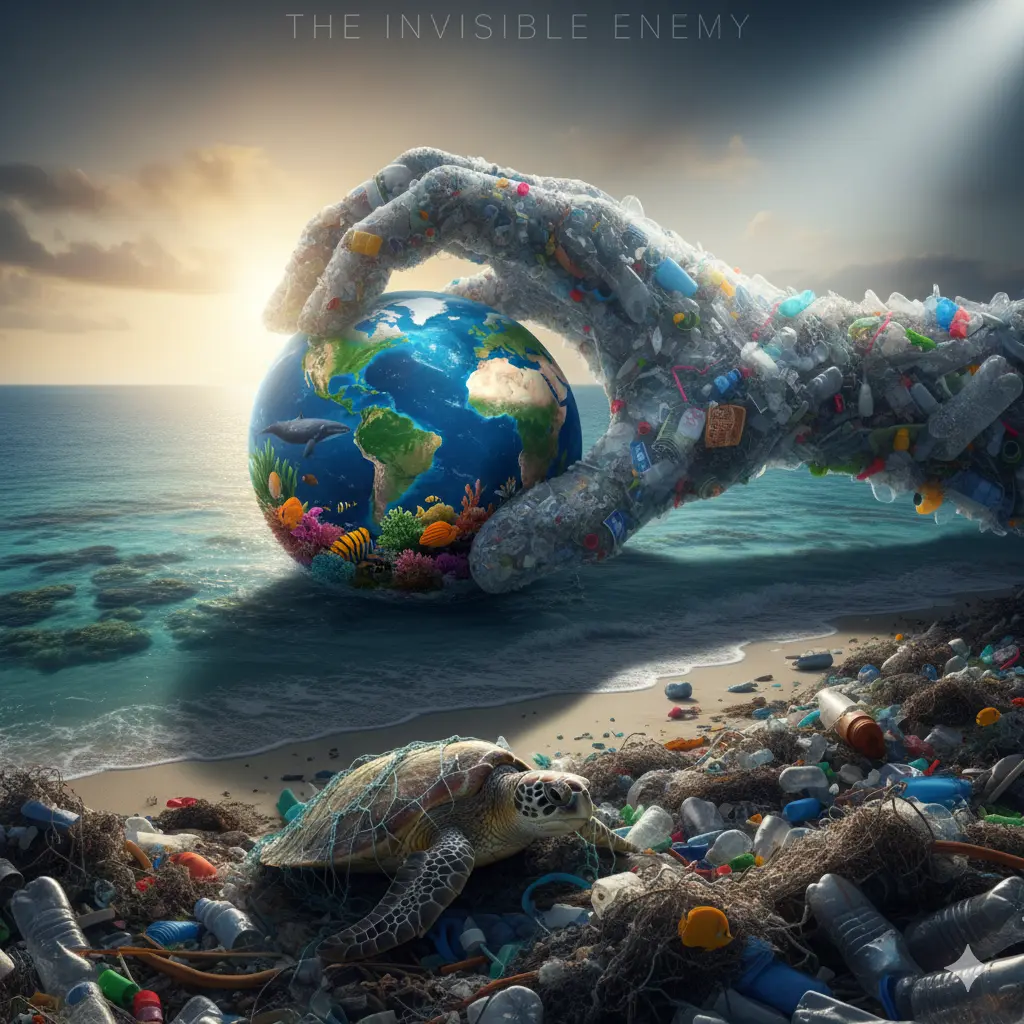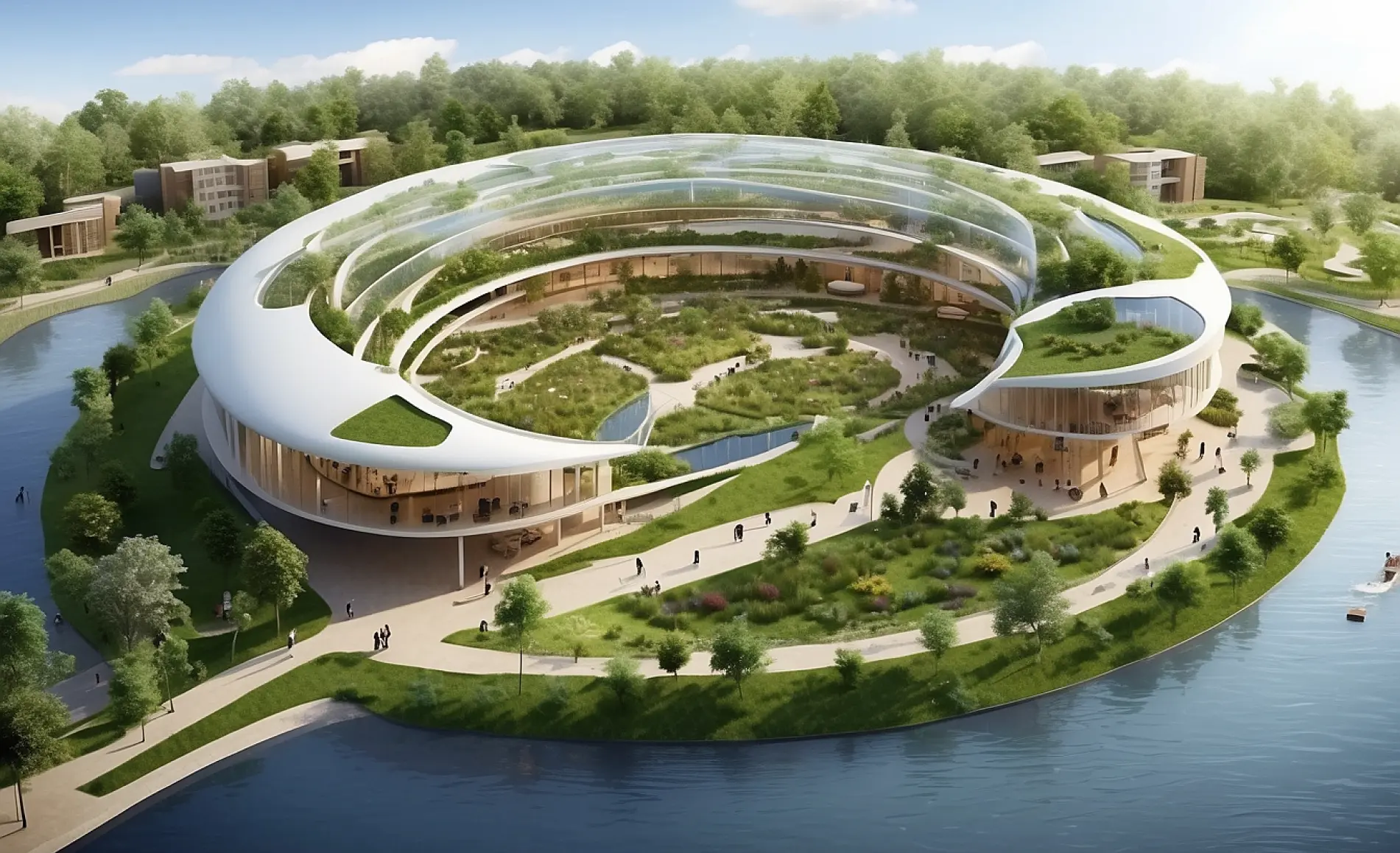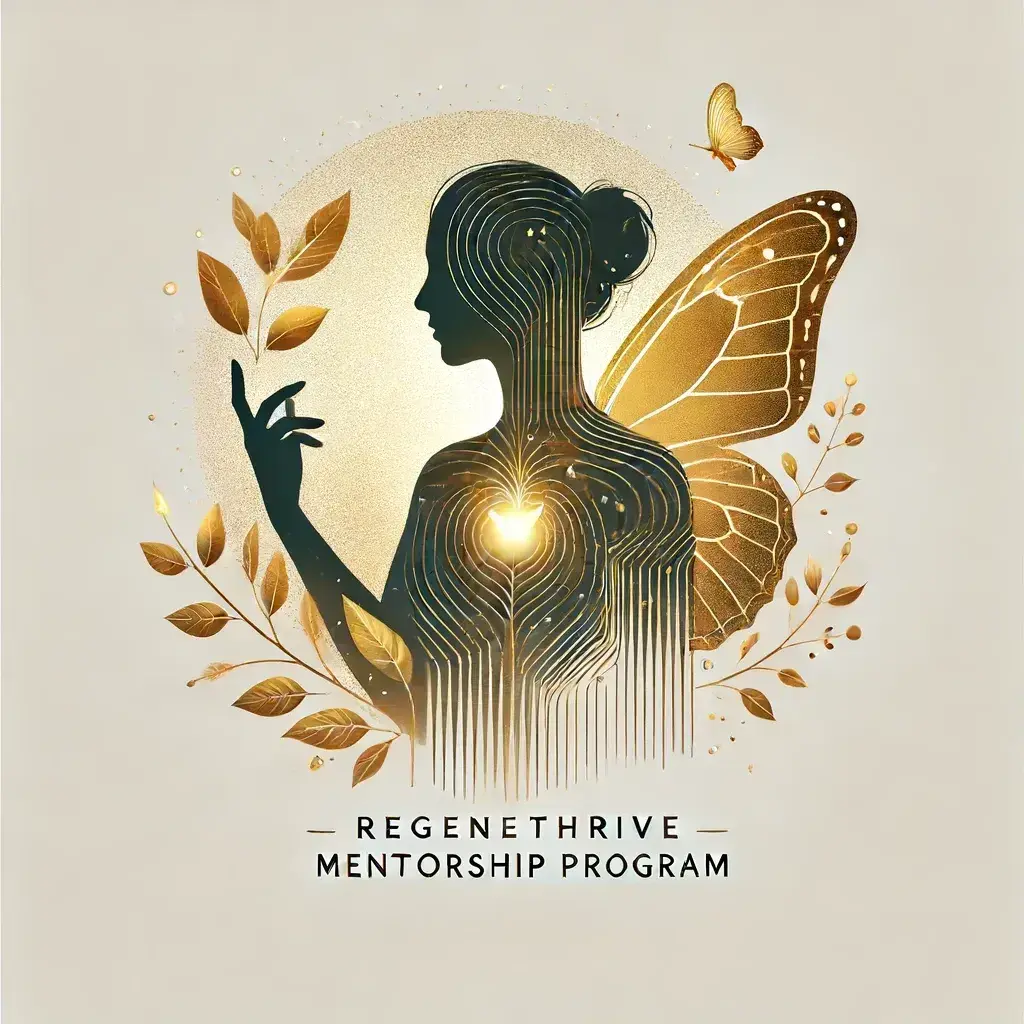We live in a world saturated with plastic. From our morning coffee cup to our evening meal packaging, this ubiquitous material has become so ingrained in our daily lives that it’s almost invisible. But what if this convenience comes at a devastating cost? It’s time to pull back the curtain and understand why breaking up with plastic isn’t just a trend, but a necessity for our planet and ourselves.
The Rise and Fall of a “Miracle Material”
Plastic was once hailed as a miracle. Durable, lightweight, and incredibly versatile, it revolutionized industries and offered solutions to countless problems. Yet, these very qualities are now its undoing. The truth is, most plastic isn’t designed to disappear. It’s designed to last – for hundreds, even thousands of years.
A Planet Choking on Plastic
Imagine a world where mountains of plastic waste dominate landscapes, where pristine beaches are littered with bottles and bags, and where the ocean teems with microscopic plastic fragments. This isn’t a dystopian fantasy; it’s our reality.
One of the most visible impacts of plastic is on our natural environment. From beautiful coastlines to the deepest trenches, plastic pollution is pervasive. Even remote and uninhabited areas are not immune.
When plastic enters our oceans, it doesn’t just float harmlessly. It breaks down into smaller and smaller pieces called microplastics. These tiny fragments are then ingested by marine life, from plankton to whales, entering the food chain and ultimately, potentially, ending up on our plates.
Beyond the Visual: The Hidden Dangers
The environmental impact of plastic goes far beyond what we can see.
- Wildlife Endangerment: Animals often mistake plastic for food, leading to internal injuries, starvation, and death. Entanglement in plastic debris also causes immense suffering and mortality.
- Chemical Leaching: Plastics are made with a cocktail of chemicals, some of which are known endocrine disruptors. These chemicals can leach into our food and water, posing potential risks to human health, including reproductive issues, developmental problems, and increased cancer risk.
- Climate Change Contribution: The production of plastic is heavily reliant on fossil fuels, contributing significantly to greenhouse gas emissions. The entire lifecycle of plastic, from extraction to disposal, is a carbon-intensive process.
- Microplastic Mystery: The long-term effects of microplastics on human health are still being researched, but early studies are raising concerns about their presence in our organs, blood, and even unborn babies.
What Can We Do? The Power is in Our Choices
Breaking up with plastic might seem daunting, but every small change makes a difference.
- Reduce: The most effective strategy is to simply use less plastic. Opt for reusable bags, water bottles, coffee cups, and food containers.
- Reuse: Before discarding plastic items, consider if they can be given a new purpose.
- Refuse: Say no to single-use plastics like straws, disposable cutlery, and excessive packaging.
- Recycle (Responsibly): While recycling is important, it’s not a silver bullet. Understand what can truly be recycled in your area and ensure items are clean and dry.
Let’s imagine a future where our planet is free from plastic pollution, where our oceans are teeming with healthy marine life, and where our communities thrive without the burden of plastic waste. This future is within our grasp, but it requires a collective effort and a conscious decision to choose better.
The time to act is now. Let’s make the invisible enemy visible, and together, forge a path towards a plastic-free future.




















